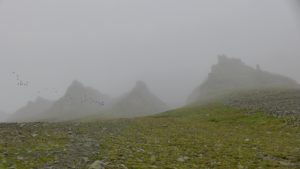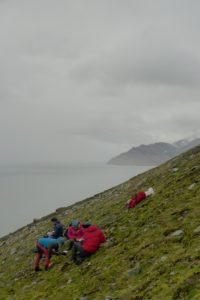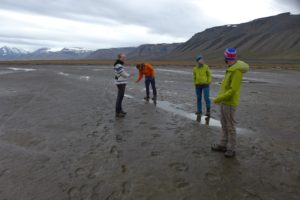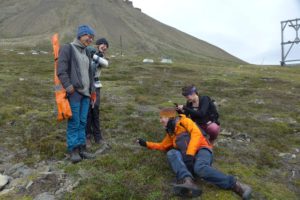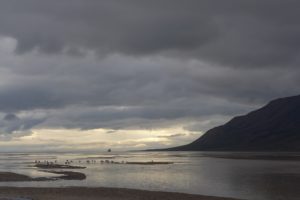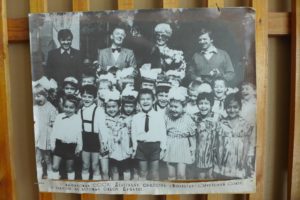- What were your goals for the course in Svalbard? To what extent did you realize these goals? Please give specific examples if possible.
My main goal was to learn how to work with plant functional traits in general. I have never done that before, therefore everything from background theory, to study design, field work, lab work and analyzing results was new and interesting to me. I was hoping to learn it in a way that it would inspire and equip me for being able to apply it to my own projects. This expectation was definitely met – I learned a lot and feel quite confident about working with functional traits now. I really appreciated that the course was so hands-on and we got the opportunity to discover different aspects (join different groups) according to our own interests. Moreover, I wanted to learn more about grazing and warming experiments, as this was announced to be the topic of my group. Unfortunately, the topic had changed, but still I got to see the ITEX sites and hear a presentation about it, so I feel like I got an insight into that as well.
- What did you learn about yourself during this course?
It was motivating to see how my own interests and research relate to everyone else in our group and it was really inspiring to hear about everyone’s projects. I feel inspired now to include some new aspects in my own research, and hope to collaborate with one or the other in the future.
- What did you learn about public perceptions of climate change in Svalbard? Do most people accept that the planet is warming, and that this is largely being caused by human activities? Or was this topic controversial? How does this compare to public perceptions of climate change in your home country?
The public perception of climate change in Svalbard was mostly how I had expected it to be. The thing that surprised me the most was that so many people see the plastic issue in the center of their arguments. It makes sense that plastic is a hot topic on Svalbard (no local recycling, everything has to be shipped to the mainland), but still I would have thought that people focus on other aspects, e.g. the melting sea ice, increasing avalanche risk, changing polar bear behavior etc.
- What was your experience with surveying people in Svalbard? Do you feel that you collected valuable information? What went well? What would you do differently next time? If possible, tell us about a specific interaction that you found interesting.
Our group luckily had a 100% success rate, so all people that we asked participated in our survey. But since the survey was quite long (5 pages) people didn’t seem to feel very comfortable, e.g. they felt they had to hurry up and it was not really anonymous. I still think that we collected valuable information, especially because it adds up to existing data (from Peru), and that everything went well. Next time I would like to hand out a questionnaire that I created myself, so that I know more about the background of the survey and that I can justify/explain the questions.
